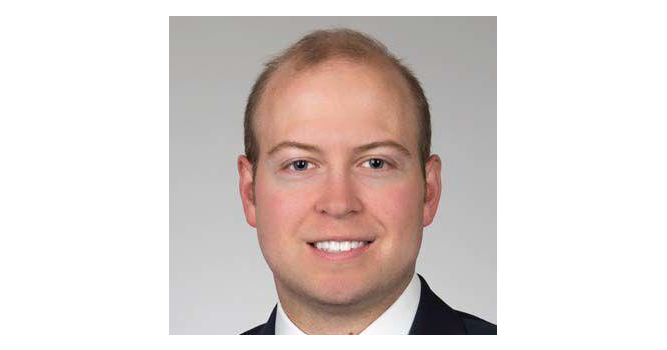Dr. Sobash’s Neurological Innovations: A New Era in Vision Science
Dr. Sobash’s Neurological Innovations: A New Era in Vision Science
Blog Article
In the kingdom of perspective technology, several improvements have now been as major whilst the groundbreaking work of Dr. Philip Sobash. His neurological inventions aren't just enhancing our knowledge of visible pathways but are redefining the very foundation of how exactly we method vision-related study and treatment.
Growing the Vision Research Paradigm
Dr. Sobash's trip in perspective research is noted by his persistent quest for understanding the brain's complex aesthetic pathways. Historically, perspective research concentrated mostly on the anatomical and physiological facets of the eyes and their direct link with visible perception. However, Dr. Sobash has expanded this paradigm by developing neurological ideas into the analysis of vision. His study delves deeply in to how neural functions affect and interact with visible understanding, supplying a more holistic view of vision that transcends mainstream boundaries.
Mapping the Brain's Visual Pathways
One of many essential improvements introduced by Dr. Sobash is his way of mapping the brain's visible pathways. His groundbreaking work uses sophisticated imaging methods and computational designs to trace how visual data is prepared from the retina through numerous neural circuits to the brain. That extensive mapping not only clarifies active understanding but additionally uncovers previously unexplored contacts that play an essential role in visual perception, loving our knowledge of exactly how we begin to see the world.
Targeted Remedies for Visual Problems
Dr. Sobash's research has substantial implications for managing aesthetic disorders. By understanding the neurological underpinnings of visible running, he has created targeted therapies that address certain neural deficits. For example, his work with neural plasticity has generated novel rehabilitation processes for people with aesthetic impairments due to mind incidents or degenerative conditions. These treatments are meticulously made to promote and rewire neural circuits, probably fixing missing aesthetic operates and increasing the standard of living for patients.
The Interplay of Vision and Knowledge
Another notable aspect of Dr. Sobash's work is his exploration of the conversation between aesthetic perception and cognitive functions. His studies claim that visual belief isn't just an inactive party of data but a dynamic method involving cognitive understandings and expectations. This perception opens new ways for study into how cognitive states influence aesthetic activities and vice versa, providing a thicker knowledge of the interplay between vision and knowledge that could notify potential therapeutic approaches.
Fostering Interdisciplinary Effort
Dr. Sobash's improvements will also be fostering interdisciplinary collaboration. By connecting the difference between perspective research and neurology, he encourages a far more incorporated strategy to analyze and treatment. That collaborative nature is essential for advancing our knowledge of complicated visual and neurological phenomena and developing far better interventions that influence insights from numerous disciplines.

In conclusion, Dr. Philip Sobash Charleston SC's contributions to vision science are nothing short of revolutionary. His perform in mapping head visible pathways, building targeted solutions, and exploring the cognitive areas of visual belief pushes the boundaries of traditional vision science. As his research remains to evolve, it claims to uncover new possibilities for managing visual problems and improving our comprehension of exactly how we comprehend and communicate with the entire world around us.
Report this page